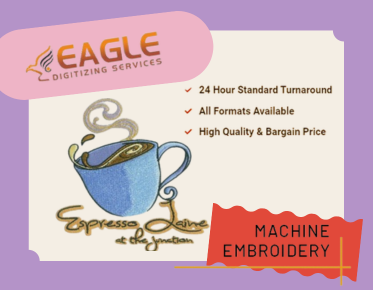Dealing with Thread Breakage in Embroidery
Embroidery is a delicate art that requires precision and patience. However, one of the most common issues embroiderers face is thread breakage. This problem can disrupt the flow of work and affect the quality of the final product. Understanding the causes and solutions for thread breakage can help in maintaining the efficiency and quality of embroidery projects.
Understanding the Causes of Thread Breakage
Thread breakage can occur due to various reasons, including the quality of the thread, the tension settings on the embroidery machine, and the type of fabric being used. Poor quality threads are more prone to breaking, especially when used on high-speed machines. Additionally, incorrect tension settings can cause excessive stress on the thread, leading to breakage. The fabric type also plays a role; thicker or more textured fabrics can increase friction, causing the thread to snap.
Preventive Measures to Reduce Thread Breakage
To minimize thread breakage, it is essential to use high-quality threads that are specifically designed for embroidery. Adjusting the tension settings on the machine to match the thread and fabric type can also help. Regular maintenance of the embroidery machine, including cleaning and oiling, ensures smooth operation and reduces the chances of thread breakage.
Choosing the Right Embroidery Digitizing Service
Another effective way to prevent thread breakage is by using professional embroidery digitizing services. Companies like Eagle Digitizing offer high-quality digitizing services that are designed to minimize thread breakage. Their expertise in creating efficient product sew-outs ensures that the designs run smoothly on embroidery machines, saving time and reducing frustration.
Solutions for Handling Thread Breakage During Embroidery
When thread breakage occurs, it is crucial to address the issue promptly to avoid further disruptions. First, check the thread path for any obstructions or tangles. Re-threading the machine carefully can often resolve the problem. If the issue persists, consider adjusting the tension settings or switching to a different type of thread. Additionally, inspecting the needle for damage and replacing it if necessary can prevent further breakage.
Utilizing Advanced Embroidery Techniques
Advanced embroidery techniques, such as using 3D Puff Digitizing, can also help in reducing thread breakage. These techniques involve creating designs that are less prone to stress and friction, ensuring a smoother embroidery process. Eagle Digitizing offers a range of specialized services, including 3D Puff and sequin embroidery, which are tailored to enhance the quality and durability of embroidered products.
Embracing Technology for Better Results
Incorporating technology into the embroidery process can significantly reduce thread breakage. Modern embroidery machines come with advanced features that allow for precise control over tension and speed, minimizing the risk of thread snapping. Additionally, using software for embroidery digitization ensures that designs are optimized for machine compatibility, further reducing the chances of thread breakage.
Looking Ahead: The Future of Embroidery
As technology continues to evolve, the embroidery industry is likely to see further advancements that will address common issues like thread breakage. Innovations in thread materials, machine capabilities, and digitizing techniques will enhance the efficiency and quality of embroidery projects. By staying informed and embracing these changes, embroiderers can continue to produce high-quality work with minimal disruptions.
In conclusion, while thread breakage is a common challenge in embroidery, understanding its causes and implementing preventive measures can significantly reduce its occurrence. By choosing the right materials, maintaining equipment, and utilizing professional digitizing services, embroiderers can ensure a smoother and more efficient embroidery process. As the industry progresses, embracing new technologies and techniques will further enhance the quality and durability of embroidered products.



